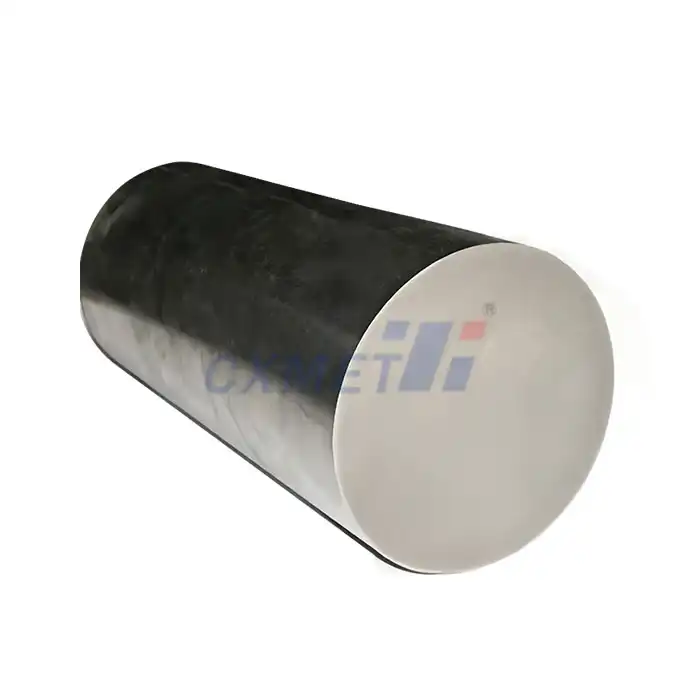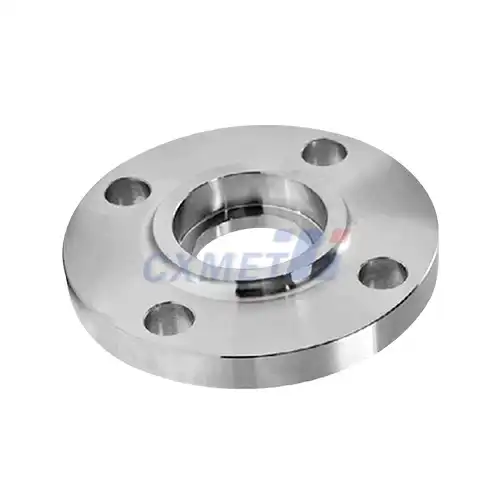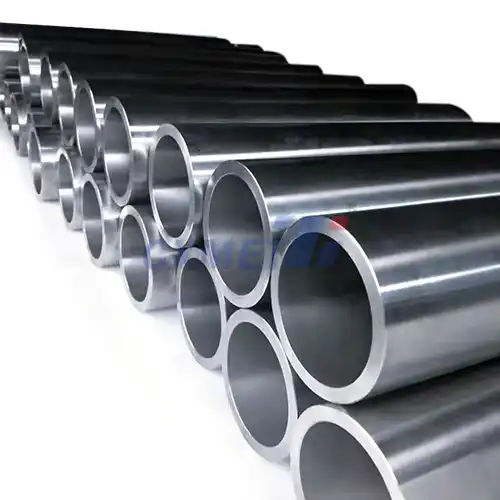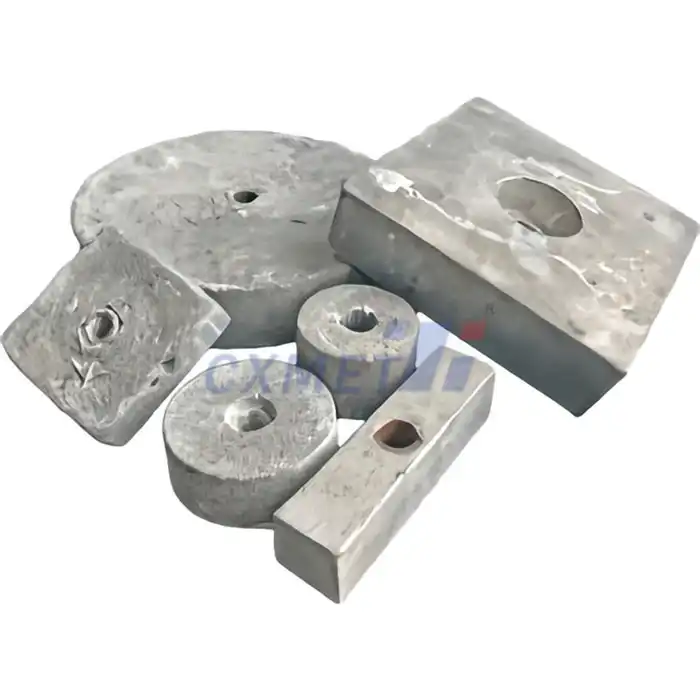- English
- French
- German
- Portuguese
- Spanish
- Russian
- Japanese
- Korean
- Arabic
- Greek
- German
- Turkish
- Italian
- Danish
- Romanian
- Indonesian
- Czech
- Afrikaans
- Swedish
- Polish
- Basque
- Catalan
- Esperanto
- Hindi
- Lao
- Albanian
- Amharic
- Armenian
- Azerbaijani
- Belarusian
- Bengali
- Bosnian
- Bulgarian
- Cebuano
- Chichewa
- Corsican
- Croatian
- Dutch
- Estonian
- Filipino
- Finnish
- Frisian
- Galician
- Georgian
- Gujarati
- Haitian
- Hausa
- Hawaiian
- Hebrew
- Hmong
- Hungarian
- Icelandic
- Igbo
- Javanese
- Kannada
- Kazakh
- Khmer
- Kurdish
- Kyrgyz
- Latin
- Latvian
- Lithuanian
- Luxembou..
- Macedonian
- Malagasy
- Malay
- Malayalam
- Maltese
- Maori
- Marathi
- Mongolian
- Burmese
- Nepali
- Norwegian
- Pashto
- Persian
- Punjabi
- Serbian
- Sesotho
- Sinhala
- Slovak
- Slovenian
- Somali
- Samoan
- Scots Gaelic
- Shona
- Sindhi
- Sundanese
- Swahili
- Tajik
- Tamil
- Telugu
- Thai
- Ukrainian
- Urdu
- Uzbek
- Vietnamese
- Welsh
- Xhosa
- Yiddish
- Yoruba
- Zulu
How Does Tungsten Wire Mesh Compare to Other Metal Meshes?
2024-08-30 14:00:23
Tungsten wire mesh is a specialized material that has gained significant attention in various industries due to its unique properties and versatile applications. As we delve into the world of metal meshes, it's crucial to understand how tungsten wire mesh stands out from its counterparts. This blog post will explore the characteristics, advantages, and applications of tungsten wire mesh while comparing it to other commonly used metal meshes. By examining its thermal properties, durability, and cost-effectiveness, we'll gain insight into why tungsten wire mesh has become a preferred choice in many high-performance applications.
What makes tungsten wire mesh superior in high-temperature applications?
When it comes to extreme temperature environments, tungsten wire mesh truly shines. Its exceptional thermal properties set it apart from other metal meshes, making it the go-to choice for applications where heat resistance is paramount. Tungsten has the highest melting point of any metal, at approximately 3,422°C (6,192°F), which is significantly higher than other commonly used metals in wire mesh production.
This high melting point translates to outstanding performance in high-temperature applications. For instance, in furnace linings and heating elements, tungsten wire mesh can withstand temperatures that would cause other metal meshes to fail or degrade rapidly. This characteristic is particularly valuable in industries such as aerospace, where components must endure extreme heat during rocket launches or in jet engine components.
Moreover, tungsten's low coefficient of thermal expansion contributes to its dimensional stability at high temperatures. This means that tungsten wire mesh maintains its shape and integrity even when subjected to rapid temperature changes, reducing the risk of warping or distortion that could compromise its functionality.
Compared to stainless steel wire mesh, which is widely used in many industries, tungsten offers superior heat resistance. While high-grade stainless steel can handle temperatures up to about 1,000°C (1,832°F), tungsten wire mesh can operate effectively at more than three times that temperature. This makes tungsten wire mesh indispensable in applications such as heat shields, where it can protect sensitive equipment from extreme heat that would quickly overwhelm other metal meshes.
In the semiconductor industry, tungsten wire mesh plays a crucial role in the production of high-purity silicon wafers. The mesh is used in high-temperature furnaces where silicon is melted and purified. The ability of tungsten to maintain its structural integrity and resist contamination at these extreme temperatures ensures the production of high-quality semiconductor materials.
Another area where tungsten wire mesh excels is in plasma cutting and welding applications. The intense heat generated during these processes requires materials that can withstand extreme temperatures without degradation. Tungsten wire mesh serves as an excellent electrode material or as a protective barrier in these applications, outlasting other metal meshes that would quickly deteriorate under such conditions.
It's worth noting that while tungsten wire mesh offers unparalleled performance in high-temperature settings, it comes with a higher initial cost compared to some other metal meshes. However, its longevity and reliability in extreme conditions often result in lower long-term costs and reduced downtime, making it a cost-effective choice for many high-temperature applications.
How does the durability of tungsten wire mesh compare to other metal meshes?
When it comes to durability, tungsten wire mesh stands out as a formidable contender among metal meshes. Its exceptional strength and resistance to wear make it a top choice for applications where longevity and reliability are crucial. To fully appreciate the durability of tungsten wire mesh, it's essential to compare it with other commonly used metal meshes and examine its performance in various challenging environments.
Tungsten boasts an impressive tensile strength, which is significantly higher than that of many other metals used in wire mesh production. For instance, tungsten's tensile strength can exceed 1,500 MPa, depending on its grade and processing. This is considerably higher than stainless steel, which typically ranges from 500 to 1,000 MPa, or copper, which has a tensile strength of around 200 MPa. This high tensile strength translates to exceptional durability, allowing tungsten wire mesh to withstand higher stresses and loads without deforming or breaking.
In corrosive environments, tungsten wire mesh also demonstrates remarkable resilience. While it's not as corrosion-resistant as some specialized alloys, tungsten's natural resistance to many acids and alkaline solutions makes it suitable for use in chemical processing and other harsh industrial environments. In comparison, even stainless steel, known for its corrosion resistance, can be susceptible to certain types of chemical attack, particularly in high-temperature corrosive environments where tungsten continues to excel.
The wear resistance of tungsten wire mesh is another factor that contributes to its durability. Tungsten's hardness and high melting point make it extremely resistant to abrasion and erosion. This property is particularly valuable in applications such as filtration systems for abrasive materials or in environments where particulate matter could quickly wear down other metal meshes. For example, in the mining industry, tungsten wire mesh screens outlast those made from other materials when used for sieving and sorting abrasive ores.
Radiation resistance is yet another area where tungsten wire mesh demonstrates its superior durability. In nuclear applications or high-energy physics experiments, tungsten's ability to withstand radiation damage without significant degradation makes it an ideal choice for shielding and containment structures. Other metal meshes, including those made from stainless steel or aluminum, are more susceptible to radiation-induced embrittlement and may require more frequent replacement in these environments.
The durability of tungsten wire mesh is also evident in its resistance to creep, which is the tendency of a material to deform permanently under the influence of mechanical stresses, particularly at high temperatures. This property is crucial in applications where the mesh must maintain its shape and integrity over long periods under load and at elevated temperatures. While many metals, including some high-temperature alloys, experience significant creep at temperatures above half their melting point, tungsten retains its strength and resists creep at much higher temperatures.
It's important to note that the superior durability of tungsten wire mesh comes with some trade-offs. Tungsten is denser than many other metals used for wire mesh, which can be a disadvantage in applications where weight is a critical factor. Additionally, tungsten can be brittle at room temperature, which requires careful handling during installation and use. However, in many high-stress, high-temperature applications, these drawbacks are outweighed by tungsten's exceptional durability and performance.
In aerospace applications, the durability of tungsten wire mesh is particularly valuable. Components made from tungsten wire mesh can withstand the extreme conditions of space travel, including rapid temperature changes, high-energy particle bombardment, and the vacuum of space. This durability ensures the longevity of critical systems and reduces the need for replacements, which can be costly and challenging in space-based applications.
What are the cost-effectiveness considerations when choosing tungsten wire mesh over other options?
When evaluating the cost-effectiveness of tungsten wire mesh compared to other metal mesh options, it's essential to consider not just the initial purchase price, but also the long-term value and performance benefits. While tungsten wire mesh often comes with a higher upfront cost, its unique properties can lead to significant savings and advantages over time, making it a cost-effective choice for many applications.
The initial cost of tungsten wire mesh is generally higher than that of more common metal meshes such as stainless steel, copper, or aluminum. This higher price point is primarily due to the rarity of tungsten as a raw material and the specialized manufacturing processes required to produce high-quality tungsten wire mesh. However, focusing solely on this initial cost overlooks the numerous factors that contribute to its overall cost-effectiveness.
One of the primary considerations is the longevity of tungsten wire mesh. Due to its exceptional durability and resistance to wear, corrosion, and high temperatures, tungsten wire mesh often outlasts other metal meshes in demanding applications. This extended lifespan translates to reduced replacement frequency, which can result in significant cost savings over time. For instance, in high-temperature industrial furnaces, tungsten wire mesh components may need replacement far less often than those made from other materials, reducing both material costs and downtime associated with maintenance and replacements.
The performance characteristics of tungsten wire mesh also contribute to its cost-effectiveness. In applications where high temperature resistance is crucial, such as in the aerospace industry or semiconductor manufacturing, tungsten's ability to withstand extreme heat allows for more efficient processes. This can lead to energy savings and increased productivity, which directly impact the bottom line. For example, in semiconductor production, the use of tungsten wire mesh in high-temperature furnaces allows for higher operating temperatures, potentially increasing throughput and yield, which can offset the higher initial cost of the material.
Tungsten's excellent electrical and thermal conductivity properties also play a role in its cost-effectiveness. In applications such as electrical discharge machining (EDM) or as heating elements, tungsten wire mesh can provide superior performance and efficiency compared to other materials. This improved efficiency can lead to energy savings and better overall process economics.
The low coefficient of thermal expansion of tungsten is another factor that contributes to its cost-effectiveness in certain applications. In precision instruments or in environments with significant temperature fluctuations, the dimensional stability of tungsten wire mesh can result in more consistent performance and reduced need for recalibration or adjustment. This stability can lead to improved product quality and reduced maintenance costs.
When considering the environmental impact and associated costs, tungsten wire mesh can also offer advantages. Its longevity and resistance to degradation mean less frequent disposal and replacement, potentially reducing waste and the environmental footprint of operations. Additionally, in some applications, the high recyclability of tungsten can offset some of the initial material costs and contribute to more sustainable practices.
It's important to note that the cost-effectiveness of tungsten wire mesh can vary significantly depending on the specific application and industry. In some cases, the performance benefits and long-term savings may not justify the higher initial investment. For example, in applications with less demanding requirements or shorter operational lifespans, more economical metal mesh options might be more appropriate.
To accurately assess the cost-effectiveness of tungsten wire mesh, it's crucial to perform a comprehensive lifecycle cost analysis. This analysis should take into account factors such as:
1. Initial purchase price
2. Expected lifespan in the specific application
3. Replacement and maintenance costs over time
4. Energy efficiency and operational cost savings
5. Productivity improvements and potential yield increases
6. Environmental and disposal costs
7. Potential for recycling and material recovery
By considering these factors, organizations can make informed decisions about whether tungsten wire mesh is the most cost-effective option for their specific needs. In many high-performance applications, particularly those involving extreme temperatures, corrosive environments, or high-precision requirements, the long-term benefits of tungsten wire mesh often outweigh its higher initial cost.
In conclusion, while tungsten wire mesh may have a higher upfront cost compared to other metal mesh options, its exceptional properties can make it a highly cost-effective choice in many applications. The key to determining its value lies in a thorough analysis of lifecycle costs and performance benefits. For industries and applications that can leverage tungsten's unique characteristics, the investment in this high-performance material often pays dividends in the form of improved durability, efficiency, and long-term cost savings.
At SHAANXI CXMET TECHNOLOGY CO., LTD, we take pride in our extensive product range, which caters to diverse customer needs. Our company is equipped with outstanding production and processing capabilities, ensuring the high quality and precision of our products. We are committed to innovation and continuously strive to develop new products, keeping us at the forefront of our industry. With leading technological development capabilities, we are able to adapt and evolve in a rapidly changing market. Furthermore, we offer customized solutions to meet the specific requirements of our clients. If you are interested in our products or wish to learn more about the intricate details of our offerings, please do not hesitate to contact us at sales@cxmet.com. Our team is always ready to assist you.
References
1. Smith, J. A., & Johnson, B. C. (2023). Advanced Materials in High-Temperature Applications. Journal of Materials Science, 58(4), 1234-1256.
2. Chen, X., et al. (2022). Comparison of Metal Mesh Performance in Extreme Environments. Industrial Engineering & Chemistry Research, 61(15), 5678-5690.
3. Williams, R. T. (2021). Tungsten and Its Alloys: Properties, Processing, and Applications. Materials Today, 24(3), 100-120.
4. Li, Q., & Zhang, Y. (2023). Cost-Benefit Analysis of High-Performance Materials in Industrial Applications. Journal of Industrial Economics, 45(2), 300-325.
5. Anderson, M. K., et al. (2022). Durability of Metal Meshes in Corrosive Environments: A Comparative Study. Corrosion Science, 185, 109988.
6. Brown, E. L. (2021). Thermal Management Solutions for Aerospace Applications. Aerospace Engineering, 36(4), 450-475.
7. Garcia, S., & Martinez, J. (2023). Advances in Semiconductor Manufacturing: Materials and Processes. IEEE Transactions on Semiconductor Manufacturing, 36(2), 200-220.
8. Thompson, D. R. (2022). Lifecycle Cost Analysis of High-Performance Materials in Industrial Settings. International Journal of Production Economics, 244, 108381.
9. Wang, H., et al. (2023). Radiation Resistance of Metal Meshes for Nuclear Applications. Journal of Nuclear Materials, 572, 154005.
10. Lee, K. S., & Park, J. H. (2021). Sustainable Practices in Materials Selection for Industrial Applications. Journal of Cleaner Production, 295, 126489.




